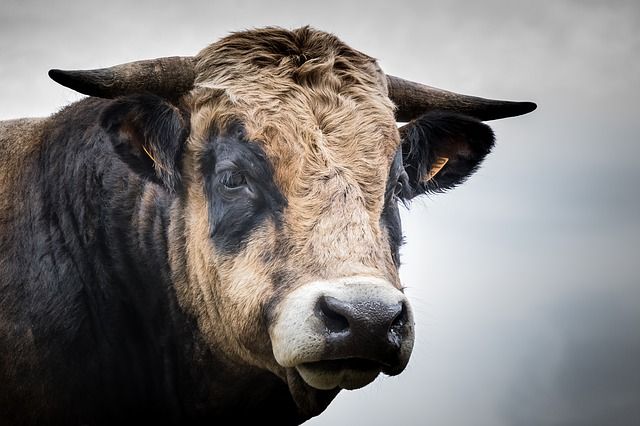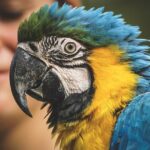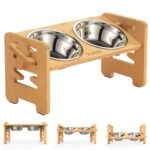Bulls are the animals that fascinate people, especially when it comes to or talk about fighting bulls, or the large specimens that are used in bullfights and games, showing that they are of great size, caste and lineage. But have you ever wondered how much a bull weighs.

Sometimes we ignore that the power is in the size and that they usually have a lot of meat and fiber from which to take advantage, however, when closely observing the condition they present, it is evident that they are exemplary and worthy of knowing what their body weight is.
What do you need
- Fit.
- Breeding bulls.
- Breed.
- Lineage.
- Size.
- Strength.
- Purebred.
- Fertilization.
Instructions
Bulls are living beings that enjoy their solitude, but despite their fame as fierce and dangerous, they are the noblest animals and capable of enduring the daily grind for which they are needed, imagining a hard, lonely and dangerous life that ends in death.
To be docile and noble, they take more advantage of their character; however, throughout history many bulls have been the consequence of the death of great bullfighters, who, trusting and safe, have neglected their safety and have been gored by one of these animals.
The weight of a bull
- The first thing to observe to know the ideal weight of a bull is the food that is usually given to a bull, always thinking that those of pure breed are the best food and ingredients to feed to maintain their lineage.
- Daily weight gain the bulls must have an average weight per month, therefore it is necessary that with the diet to which they are subjected, they can gain weight from the time they are a few days old until they reach adulthood with an increase of 2, 5 every two days.
- The bulls must have an average weight depending on its breed, and therefore the conditioning that they must have is extreme, so the conditions for their care, to which they must be maintained, are the best so that they can give optimal results.
- The bull is the animal that must have optimal functionality to help improve the breed and the physical conditions of the lineage to which it belongs, which is why those who are underweight and do not feed are considered a low-profile and performance bull. Right.
- Get the bull in shape. So that the bull can have an ideal weight, it is necessary the conditions of grooming, maintenance, feeding and veterinary attention that guarantees what is necessary for it to be in shape, and willing to be a pimp to be a breeder, fighting bulls or even to maintain the race.
- The bull is that animal that must be in shape to be used as a fertilizer for the cows in a corral and, of course, be sure that it is well fed so that the final product is a quality breed and a good class for the different activities that are carried out. Think with this animal.
- The weight of the bulls. The bulls weigh depending on the breeds or castes to which they belong and according to the following information:
- Angus from 750 to 1000 kilos of weight.
- Charolaise 850 to 1100 kilos of weight.
- Chaining, being one of the largest, can weigh 1780 kilos.
- Nellore has a weight of between 1,000 and 1,200, if taken care of well.
- Tropicana is a bit small, but weighing 1,000 to 1,100 kilos.
Raised as cattle, bulls are highly underutilized animals in that their beauty is not fully valued.
The bulls are those animals that, like the deer, are very beautiful specimens but are not cared for as they should be due to the activity of hunters or, in the case of the bull, bullfighting.
Tips
- Keep them locked in a pen.
- Never give poor quality grass.
- Ensure medicines, vitamins and dewormed















